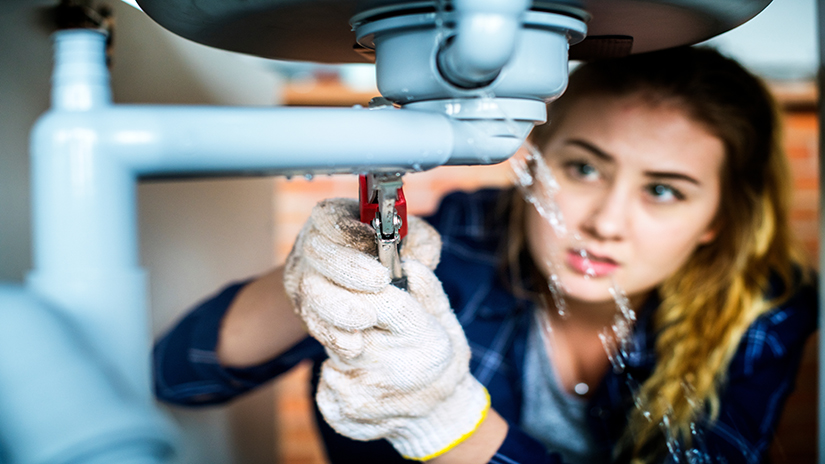10 Most Common Causes Of Blocked Drains And How To Fix Them

Did you notice a kitchen or bathroom sink draining slowly? Or is a running tap causing the water in your toilet to rise?
In all probability, a drain located in and around that area is blocked. That said, this issue might manifest in many other forms as well. And leaving the problem unattended for long can bring forth bigger trouble, so you should act on it as soon as possible.
But to steer clear of any such blockage, you’ll need to adopt a different technique depending upon the situation at hand. Though this might sound tricky at first thought, proceeding the right way will help you get through the job with ease.
And to take you through the process, we’ve brought you this guide on the ten most common causes of drain blockages, along with a fix for each. Without further ado, let’s get going!
10 Most Common Causes Of Blocked Drains And How To Fix Them
1. Food Waste And Fatty substances
Food and fats are notorious causes of clogged drains, especially during winter.
No one can deny that it’s a common habit to throw food scraps down the sink drain and not in the bin. As such, foods like pasta and rice that tend to swell when submerged in water can cause your sink to be blocked.
Another related cause of drain blockages is the accumulation of fatty substances. Notably, the term “fatbergs” is given to the solidified forms of oils and fats that are often washed down the kitchen sink or garbage disposal, which eventually lead to blockages.
In worst cases, the fatty substances might enter the sewer, solidify during the winter season, and ultimately combine with other solids to develop into a large “fatberg”. Such large chunks of fat can obstruct the sewer pipes in the houses, which can cost several million dollars to be fixed.
The Fix
Remember that you need to act on the accumulated food particles and fatty substances as soon as possible to prevent the build-up of a fatberg. As such, if you suspect a blockage in the sink drain, you should pour boiling water and a dishwashing detergent to disintegrate the fat. You may even try vinegar and bi-carb soda along with the natural cleaning solution.
2. Tree Roots
Tree roots growing in the pipelines are among the most prevalent causes of drain blockage.
Roots often penetrate cracked waste pipes and, in some cases, might be strong enough to rupture the pipes. That said, a few plumbers opine that tree roots can’t cause a break in a pipe; as such, the pipe might have been compromised beforehand. But either of these situations spells danger for the pipeline and needs to be acted upon quickly.
On a side note, such blockages are common in houses built around large trees.
The Fix
You can only fix this blockage by using a jet rodding machine. That said, you’ll have to relay and excavate the pipe if you need to fix the drain. However, based on the nature of breakage, the pipe can be relined internally without the need for excavation. Using a drain camera will provide a clear picture of the best method for dealing with the problem.
3. Hair
Blockages in the shower are caused mainly by hair accumulating in the shower drains. Moreover, hair strands combined with conditioners, shampoos, grease, and soaps can be a recipe for disaster as they form a slurry at the drain bottom, ultimately causing a blockage. And aside from showers, such clogs might also develop in bathroom sinks and bathtubs.
So, you should avoid forcing hair strands down the drain following a hair wash. It is best to retrieve the hair strands from the floor and put them in the bin. Another efficient way to prevent such possibilities is to add a hair strainer to the drain hole.
The Fix
Using sulfuric acid and a drain cleaner will help remove the slurry and clear the drain. Alternatively, you can use a plumbers’ snake tool to clear the mass obstructing water flow.
4. Small Solid Objects
With little ones at home, flushing small-sized solid objects can at times be inevitable. After all, kids are ever-inquisitive, and you can’t keep a watch on them at every moment.
That said, if you realise that your child has flushed a small toy down the toilet, don’t be alarmed as it might travel straightaway through the drain. But in case the bowl is filled with water post a flush or the fixtures aren’t draining quickly, you’ll know there’s a blockage.
The Fix
Using a jet rodding machine to blast away the obstruction is the only way out. Plus, using a drain snake or electric eel device might help you retrieve the item in some cases.
5. Diapers And Wipes
Although toilet paper wipes can be flushed down, too much toilet paper can create a blockage in the toilet. A similar problem might arise with paper towels and “flushable” wipes as they aren’t actually flushable.
While toilet paper might disintegrate into smaller chunks that can create clogs, paper towels might soak in water, thereby causing major blockages. As for diapers, they are even more likely to be stuck in the toilet drain due to their bulkiness.
That’s why it’s best to bin all the diapers and wipes after use instead of flushing them.
The Fix
Keep in mind that you can only clear minor clogs on your own using an auger or plunger. To get more critical blockages cleared, you’ll have to call in a plumber.
6. Back-Falling Drain Pipes
A poorly installed drain or occasional shifts in the ground over time can cause drain blockages too.
In such situations, the fall needed for the drain pipes is disturbed, giving rise to flat lines or back-falling pipes. This, in turn, disrupts the flow of wastewater from the house to the municipal sewer system.
To prevent such possibilities, you can examine the state of the pipes periodically using a small drain camera and contact a plumber if you notice any irregularities. That way, you’ll be able to get the faulty pipe repaired or replaced before a blockage can develop. But for older houses, you don’t have many options other than upgrading the drainage system.
The Fix
In the event of such a blockage, it will be best to locate the back-falling pipe before reaching out to a plumber. Accordingly, the professional can quote the cost for replacing that section.
7. Soap Slurry
Soaps made from fats or grease might sometimes create a sludge at the drain bottom by combining with minerals in the water. And when they mix with human waste such as hair strands, they can cause blockages to the fixtures. On a side note, switching to a soap-free body wash can help keep such problems at bay.
The Fix
Using vinegar and bicarb soda is the best way out of such situations. To get the job done, pour half a cup of vinegar and one-third of a cup of bicarb soda into the drain. Alternatively, you can use a jet rodding machine to clean the drain thoroughly to prevent potential blockages or build-ups.
8. Incorrect Waste Pipe Connections
Another probable reason behind a pipe blockage is the incorrect installation of a waste pipe. This error is often caused when unlicensed tradespersons do the installations.
For instance, when a 100-mm waste pipe is reduced in diameter to connect to a 40-mm pipe connection, a blockage is bound to occur. Keep in mind that a pipe connection should always be fixed to a larger diameter and never to a smaller one.
The Fix
Once such connections are identified, you should get them rectified by a licensed professional as soon as possible.
9. Concrete Blockage
Also known as a tiller’s grout, these blockages are common in newly-built or renovated bathrooms. They occur when smaller concrete particles enter the drains and eventually solidify into larger chunks that stick to the inner surface of the pipes or trap other foreign objects.
In such cases, the wastewater flow might be reduced or might even stop altogether, rendering drainage systems dysfunctional. Note that it can be difficult to remove such a blockage without the proper equipment. That’s why you should always prevent them from occurring in the first place.
Capping waste outlets before the tillers start grouting shower trays can effectively prevent such issues.
The Fix
If you’re able to identify the issue within a short while of the renovation or building work, flushing the drain with a lot of water might be a simple yet effective fix. However, if the concrete has hardened and blocked the pipe, you’ll have to examine it using a drain camera and clean it out using a high-pressure washer. But if you’re not too confident about handling the job, it’s best to hire a trusted drain cleaning service provider.
10. Cotton Swabs And Feminine Products
Disposing of such products down the toilet is another practice that might lead to significant obstructions in drains if not checked. In fact, cotton swabs and feminine hygiene products don’t dissolve or break down, unlike toilet paper or paper towels.
That’s why you should avoid flushing them down the toilet altogether. On a side note, tampons can intensify the damage as they can grow ten times their size after they’ve absorbed fluid.
The Fix
If the blockage isn’t too critical, you can tackle it using an auger or a plunger. Otherwise, you’ll have to hire an emergency plumber in Ipswich to get it completely removed
Common Symptoms Of Blocked Drains
To successfully detect a blocked drain problem on time, you’ll have to watch out for the following symptoms:
- Water draining at a slower pace than usual
- A foul smell from the kitchen or bathroom drain
- A bathtub that doesn’t drain
- Gurgling sounds while the sink is in use
- Mushy ground
- Flooding in the front yard
Final Words
So, that was all you had to know about dealing with the issues leading to a drain blockage. Hopefully, you’ll be able to tackle any such problems right away. Anyhow, it’s best if you start adopting the preventive measures we’ve highlighted throughout the article.
Also, do make it a point to have the home plumbing system checked by a trusted Ipswich plumber like Parker Plumbing Company at least twice a year. This will ensure you’re informed about any irregularities that might eventually cause a drain blockage.
On that note, we’re going to wrap things up. But we’ll be back soon with more informative guides, so stay tuned!
Latest Blogs
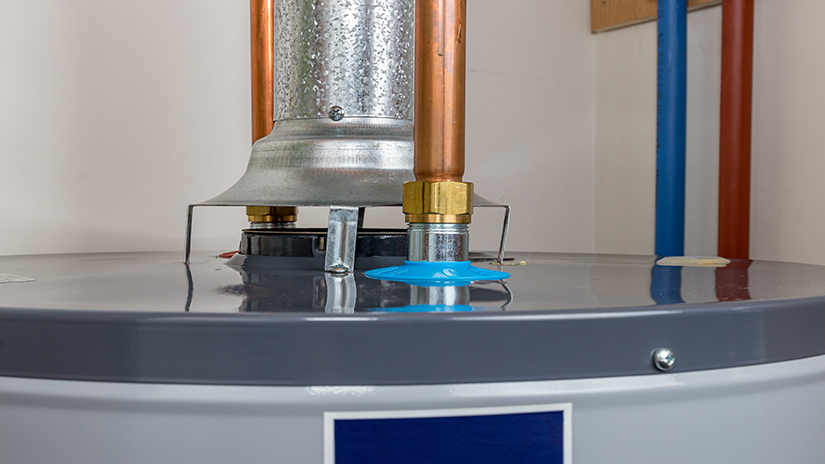
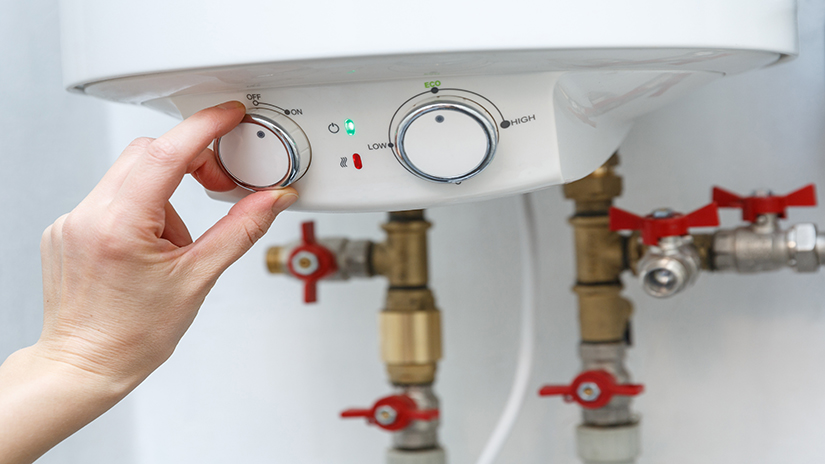
How to Install an Electric Hot Water System
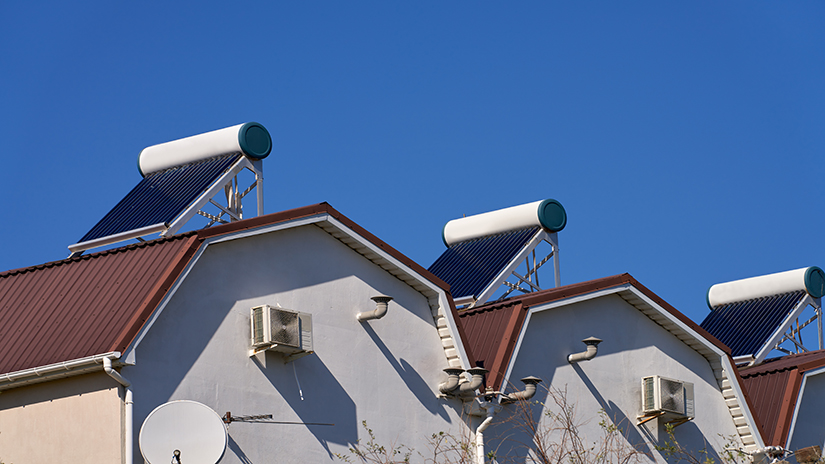
Solar Hot Water System Installation
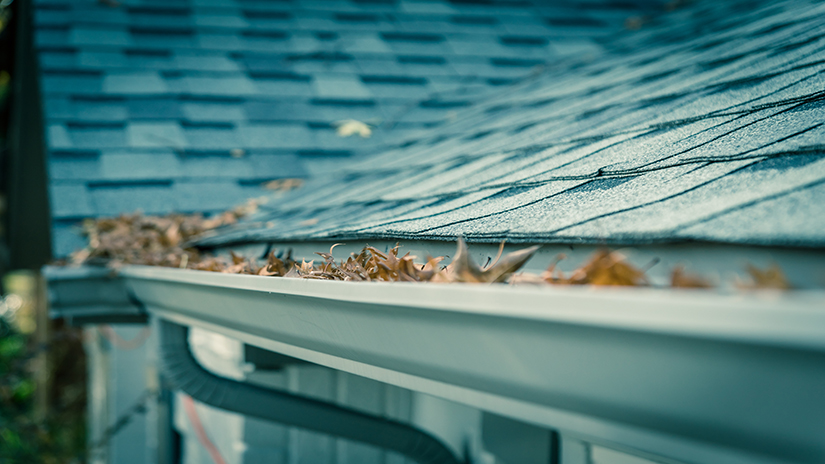
7 Common Gutter Problems Homeowners Should Be Aware Of
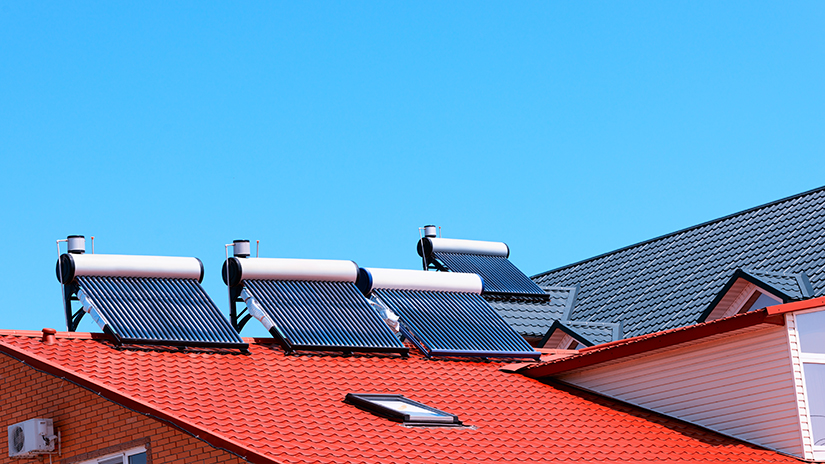
Are Solar Hot Water Systems Worth It?
